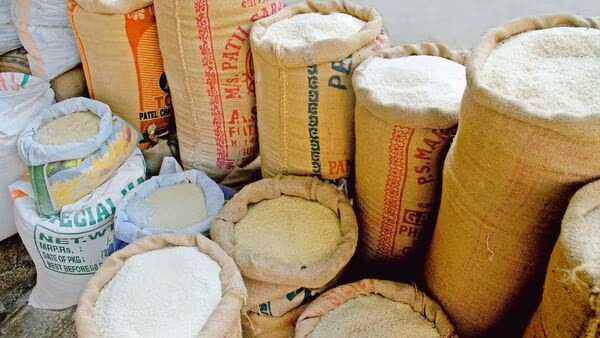In recent months, the global market has witnessed a steady increase in rice prices, prompting concerns among experts who warn of a potential rice crisis reminiscent of the wheat market. Several factors have contributed to this upward trend, emphasizing the need for careful analysis and risk management. Let’s explore the key factors behind the rising rice prices and the associated risks.

Reduced Global Production:
The Food and Agriculture Organization of the United Nations (FAO) predicts a 1.5% decline in the global rice crop for 2023. This decline can be attributed to various factors, including drought conditions in significant rice-producing countries such as India and Pakistan. Insufficient rainfall and water scarcity have hampered agricultural productivity, leading to reduced rice output and subsequently higher prices.
Increased Demand:
The demand for rice is expected to persistently grow in the coming years due to population growth and rising incomes, especially in developing nations. As more individuals can afford to include rice in their diets, the overall demand for the grain continues to rise. This sustained increase in demand places upward pressure on prices as the supply struggles to keep pace.
Reduced Trade in Wheat:
The ongoing conflict in Ukraine has disrupted global wheat trade, prompting some experts to suggest a potential shift in demand toward rice. With wheat availability affected, consumers and traders may turn to rice as a substitute, further driving up its demand and subsequently its price.
If these trends continue, there is a possibility that rice prices could reach levels comparable to those of wheat. Such an outcome would have significant implications for global food security, jeopardizing the well-being of millions worldwide.
Risks to Cereal Inflation:
Several risks contribute to the volatility of cereal inflation, including:
a) El Niño: This climate pattern can trigger drought conditions, particularly in rice-producing regions such as India. Severe El Niño events can lead to a decline in rice production and subsequent price hikes.
b) War: Armed conflicts disrupt both trade and production, resulting in higher prices for essential commodities. The ongoing war in Ukraine serves as a recent example of the disruptive impact of conflicts on global food prices.
c) Climate Change: The effects of climate change, including extreme weather events like droughts and floods, pose a significant risk to agricultural production. These events can damage crops, reduce yields, and consequently drive up prices.
d) Government Policies: Government interventions, such as tax adjustments and export controls, can directly impact food prices. Taxes on food may raise prices, while export controls limit the supply of food and contribute to higher prices.
These risks highlight the importance of proactive risk management and mitigation strategies. To address these challenges, investments in research and development to enhance crop yields, establishment of food reserves, and diversification of the global food supply are crucial steps.
In conclusion, the rise in rice prices stems from reduced global production, increased demand, and potential shifts in demand due to disruptions in the wheat market. Understanding and monitoring the associated risks is vital for effective decision-making and safeguarding global food security.
Follow us for more market insights and agricultural analysis. Thanks for reading!
